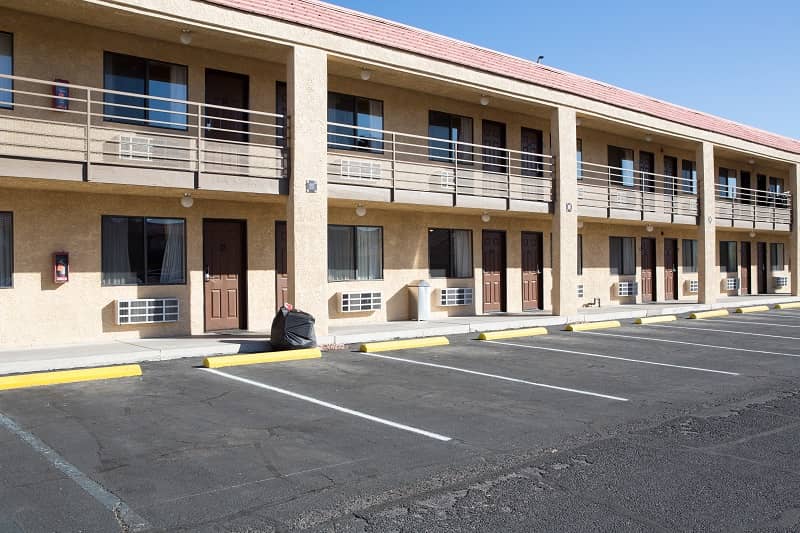Who wouldn’t want to live in the Pacific Northwest?
According to the 2010 Census, Oregon has enjoyed a relatively large population growth. There were 12 percent more people in the Beaver State in 2010 than in 2000. This is good compared to the national growth rate of 9.7 percent.
Oregon is attractive. But other than a pleasant climate, a breathtaking coastline, and beautiful mountains, what makes Oregon stand out?
From an economic viewpoint the answer is “not much.” Over the past decade Oregon had a few years of strong growth, but that was driven entirely by computer and electronics manufacturing. While production of computer components and other electronic products surged from ten percent of the state’s economy in 2001 to 30 percent in 2010, the rest of the private sector stood still or declined. And even though recent media headlines noted that Oregon saw the second highest economic growth rate in the country at 4.7 percent in 2011, you would have to read down the page to realize that this was a 42 percent decline from our 8.1 percent growth rate the year before.*
It is a bit frightening to see the numbers from the Bureau of Labor Statistics. Comparing the recession year of 2001 to the recession year of 2010, there is absolutely no private-sector job growth. There are as many people working private jobs in Oregon today as there were a decade ago.
Again, it is nice that electronics manufacturing has become big in Oregon, and 16,000 Intel employees should be proud of their jobs. But it is problematic that this particular branch of manufacturing is the only driver of the state’s economy. Jobs in the electronics industry are among the easiest to move, both nationally and globally.
The problem is that the Beaver State lacks consistent growth-promoting policies. Instead of being economic visionaries, the lawmakers in Salem come across as run-of-the-mill ho-hummers.
Oregon’s ranking with the Tax Foundation has not changed much over the past ten years. Taxes are relatively high – currently 17th highest in the nation. Oregon is not in the tax dungeon like New York or California; but on the other hand, there is no concerted effort in Salem to make Oregon attractive relative to its peers in the West.
Oregon’s tax rates continue to make the state uncompetitive compared with others. The high individual income tax is a good example. Since two thirds of the state’s tax revenues come from the individual income tax, state legislators are more interested in a tax code that maximizes revenue than one that promotes growth. As a result, Oregon has a nine-percent state income tax bracket that covers the vast majority of income tax filers. Even California is more lenient toward individual incomes.
And let’s not forget that Washington and Nevada have no state income tax at all.
In terms of business taxes, Oregon ranks about the same as for individual income taxes: better than California and Idaho, but worse than Washington and Nevada. This is yet more evidence that state lawmakers are taking a passive, go-with-the-flow attitude to economic policy.
Government employment is another area where state legislators could be proactive. While there is no steady, long-term growth in private employment in Oregon, government employment is doing well. In 2001, at the bottom of the Millennium recession, there were 181 state and local government employees per 1,000 private-sector employees. In 2010, at the bottom of the Great Recession, that ratio had risen to 191. This means, in plain English, that while the private sector was essentially standing still, job-wise, over the long term, Oregon’s governments kept adding to their payrolls.
Since the summer of 2010 there have been some reductions in local government employment, but available Bureau of Labor Statistics data shows no break in the trend of swelling state payrolls. In other words, the prevailing spending-as-usual attitude continues in Salem.
Instead of complacency, the state legislature needs to take a proactive approach to the economy. Their duty is not first and foremost to maintain government and the status quo, but to facilitate the growth of prosperity and economic freedom in the state. To do this, they could start with something as simple as capping tax-funded payrolls to what the private sector can afford. If there are no new jobs being created in the private sector, then at the very least there should be no expansion in tax-funded payrolls, either.
Another step is a more competitive tax code. Interstate migration data from the Census Bureau shows that while Oregon has gained population over the past decade, Washington is a much stronger magnet. It is fair to assume that Washington’s lack of income tax is a major reason for this.
There is a lot more to do, of course, but these two measures would be a good way to start.
*http://www.oregonlive.com/business/index.ssf/2012/06/oregon_economy_growing_at_nati.html
Sven Larson is Senior Fellow in Economics at the Wyoming Liberty Group and a guest contributor for Cascade Policy Institute, Oregon’s free market public policy research center. He holds a Ph.D. in social sciences with major in economics and has taught economics at colleges in three countries. His research on health policy, taxes, and government budgeting and entitlement reform has been published by think tanks including Cascade Policy Institute and the Wyoming Liberty Group.











